Summary / TL;DR
To retain top rankings in search engines, maintaining updated, high-quality content is essential due to constant algorithm changes and competitive pressure. Key strategies include revising ageing pages with fresh insights, optimising site speed, and improving user experience to align with Google's Page Experience Update. Monitoring competitors using tools like SEMrush and Ubersuggest helps identify keyword gaps and backlink opportunities. Diversifying outbound links and building internal link structures strengthens domain authority. Leveraging guest blogs and social media boosts visibility and shareability, both of which support sustained rankings. SEO is an ongoing effort; neglect can lead to a drop in search engine results.
Have you put a lot of effort into your SEO strategy?
Maybe you’ve revamped your website design, crafted content that hits the mark, and gained some solid authority links. Now, you’ve finally landed in the Top 5 to 10 spots in the SERPs.
With more than 7.5 million blogs going live every day, it’s clear you’ve worked diligently to snag these spots. Yet, millions are vying for the same positions. If you don’t keep a tight grip on your hard-won rankings, others might slip past you.

So, how can you implement strategies to retain top rankings in search engines?
After achieving the top ranks, you have to be considerate of two factors:
- Search engine algorithms are constantly evolving. You also need to align your optimisation efforts with optimisation updates.
- Millions of businesses compete with you to procure the search engine rankings for the keywords you dominate.
Want to receive updates? Sign up to our newsletter
Each time a new blog is posted, you’ll receive a notification, it’s really that simple.
8 Effective Methods for Keeping High Search Engine Rankings
1. Ensure that Your Content Isn’t Outdated
Google’s algorithm constantly evolves, aiming to keep value over everything else.
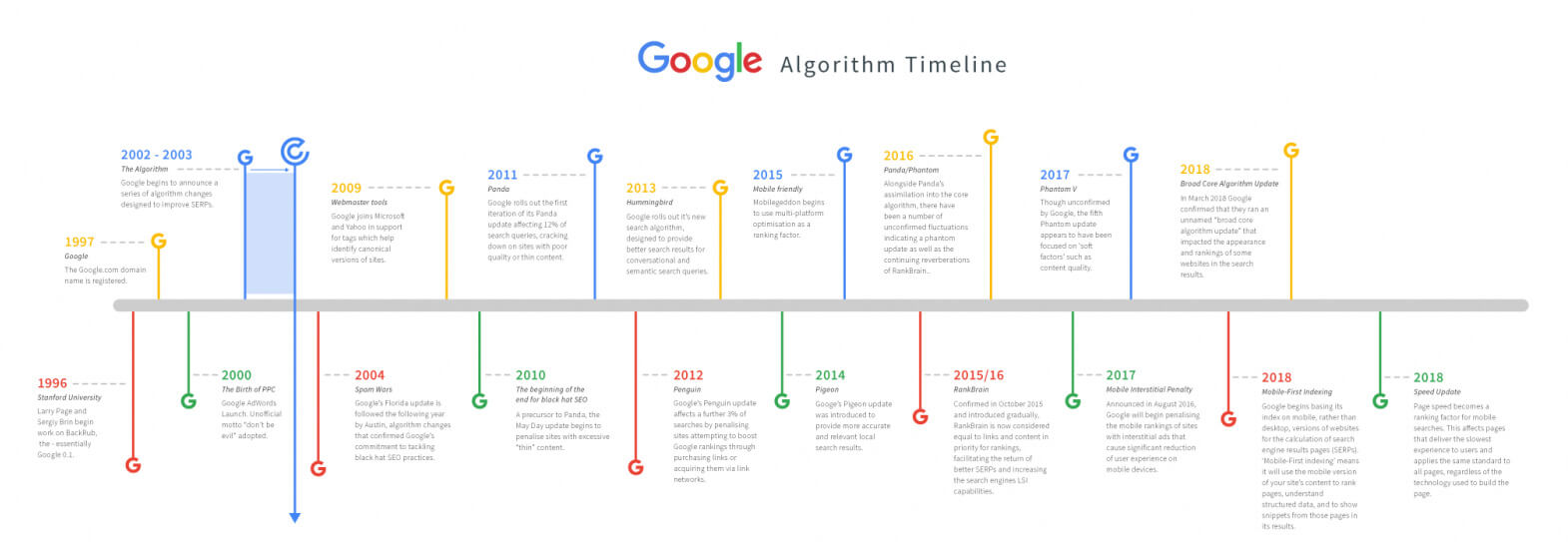
Thus, authenticity and freshness are considered when ranking the most valuable content.
So, even if it is an age-proof content piece, you must update it every once. Small addendums, the latest insights, relevant updates, anything that keeps the information on topic and appropriate.
Further, ensure that you keep enhancing the user experience of your content. While keeping your text intact, you can add relevant media like images or videos. Don’t forget to optimise your meta description to complement your content’s visual appeal and improve user metrics. It will also help you retain and grow your content’s SEO value over time.
People would any day prefer to link out to a well-updated and already ranking article. These relevant inbound links keep the ball rolling, increasing your DA and driving more search engine traffic to your site.
2. Keep Your Competitors’ Efforts Under Surveillance
A good strategy is to monitor your competitor’s web page activities. Search and investigate several competitor analysis tools, such as Ahrefs, SEMrush, and Ubersuggest. These will help you understand what keywords, blog articles, and service or product pages they rank for.
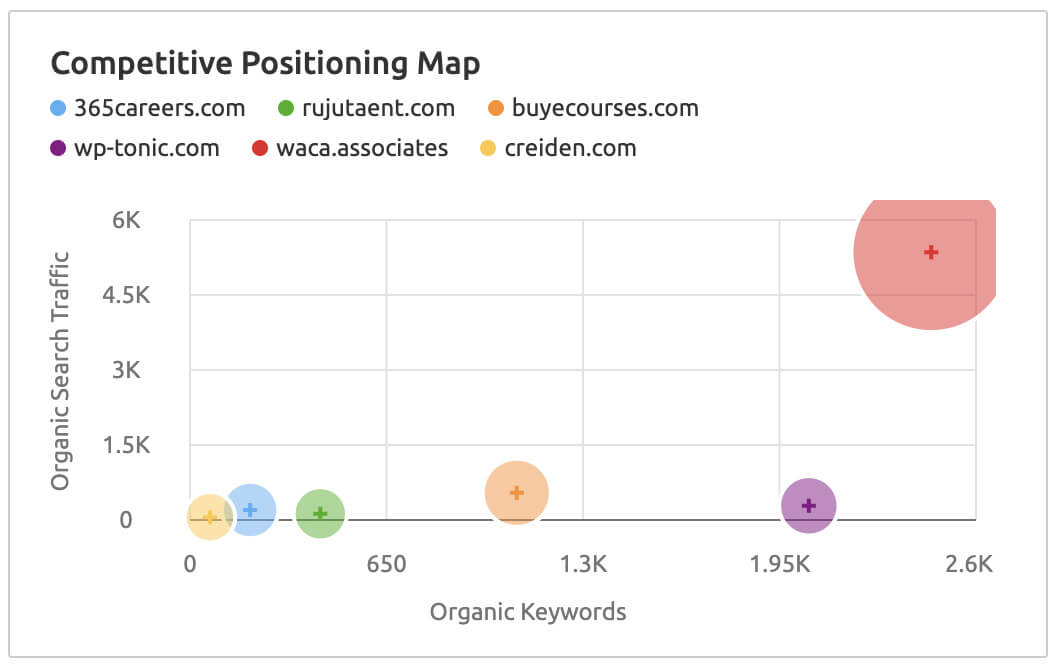
We recommend that you are aware of and track your competitors on the following:
- The domains from where your competitors are drawing backlinks and the effectiveness of their page titles;
- Any common guest blogging platforms;
- What kind of content are they posting online and on social media;
- What type of content is drawing them high reach and conversions;
- Are there any keyword opportunities that you must also consider;
You can modify and update your content by tracking your competitors’ SEO efforts to outperform them. You must remember that the content you upload and edit must be relevant to your industry and valuable to your consumers — or there is no point in it!
While your rankings prove your expertise, having some aces up your sleeve doesn’t hurt!
3. Diversify Your Outbound Link Profile
When it comes to outbound links, you need to be wary of the quality of the links you attract.
Growing low-quality links at an unusual pace can attract a doubtful glance from Google. And you wouldn’t want to upset Google.
That said, try to procure high-authority links.
Spending more backlink efforts on the same page is pointless if you rank for some keywords. It can even disturb your link profile and drop your rankings.
Instead, it would be best to diversify your outbound link profile and consider building backlinks for crucial keywords on your site and other pages.
By attracting authority links across different pages on your site, you can grow your link equity. New keywords will also start moving up in the SERPs.
A diversified backlink profile translates into improved domain authority. This approach helps you defend your top rankings in the SERPs with much credibility.
4. Optimise and Re-optimise Your Site Speed
You’re probably aware that site loading speed is a big deal for SEO.
But here’s the kicker: Google now considers site speed and response time as crucial ranking factors.
The aim is to get loading times to less than a second, especially on mobile. Quite the challenge, isn’t it?
You can still shave off some seconds or milliseconds when this parameter might be impossible to achieve.
So, you must ensure no competitor outdoes your site speed optimisation efforts.
You can use Google’s PageSpeed Insights tool to scrutinise if there are any issues. The tool also offers specific recommendations on how to resolve these speed issues.
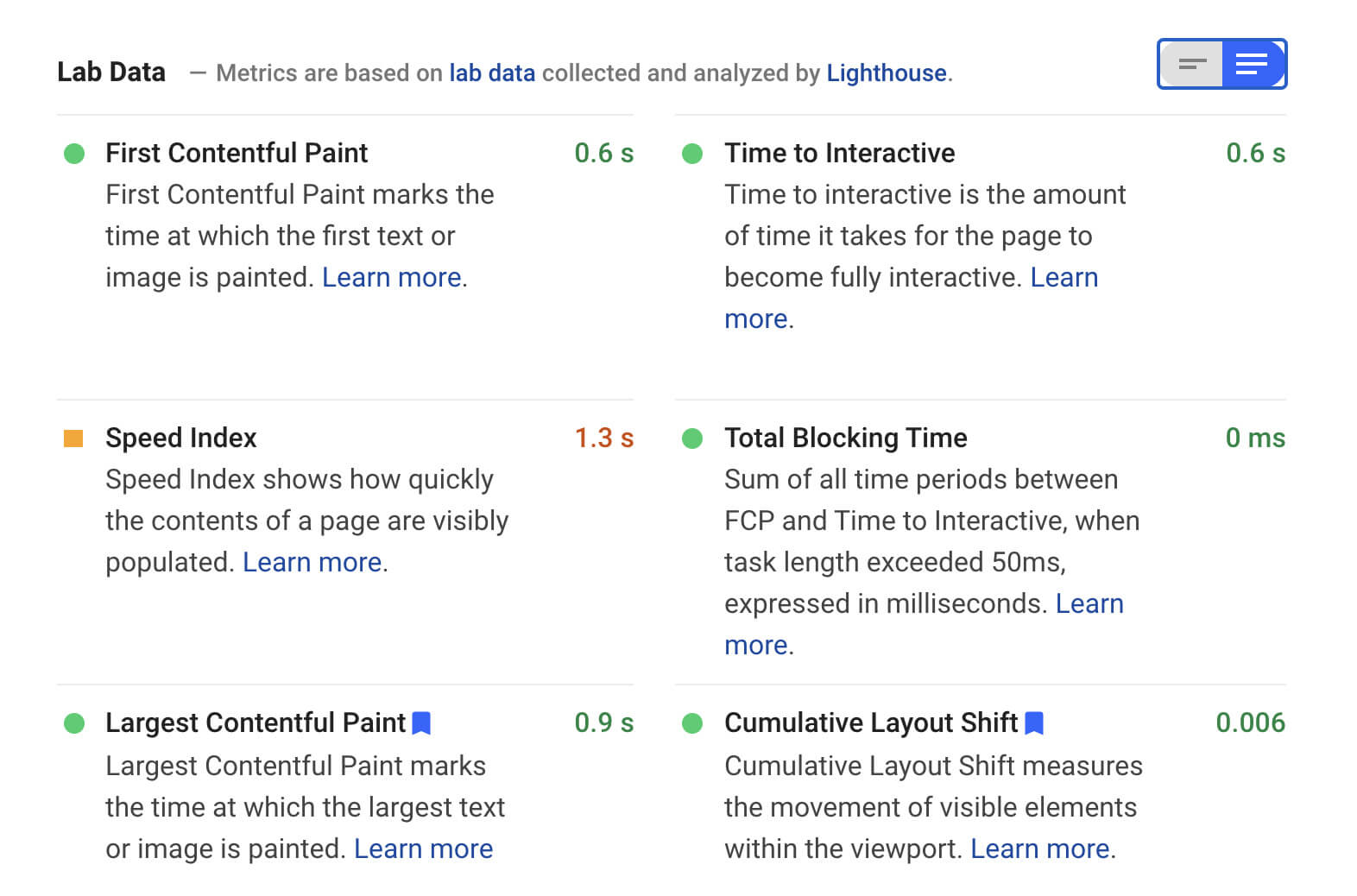
You can call for a developer to optimise your site speed by optimising these measures:
- Employ a content delivery network (C.D.N.)
- Use the WPSmush plugin to compress images on your WordPress site
- Gzip the JavaScript files
- Switch to a robust dedicated hosting service
- Minify and compress the site’s JavaScript files, HTML, and CSS
5. Draw Maximum Value from Guest Posts
Guest blogging is yet another multi-functional element in your content marketing toolkit. It can draw stellar referral traffic and email subscribers.
Most guest post authors list their social profiles in their author bios. This often brings them several new social media followers from the reader’s list. Along with huge referral traffic, you have a chance to build valuable links through guest posts.
Posting relevant blogs on high-authority sites can yield backlinks to essential keywords. This increases link equity and the ranking of the anchor text keyword.
Many marketers use guest blogging to link back to their ranking pages. This allows these pages to retain their positions in the search engine results pages.
6. Keep Enhancing Your Social Media Marketing Efforts
There’s been a longstanding debate: “Does social media affect your SEO performance?”
Some marketers disagree, but many SEOs are convinced that there’s a link between social presence and SEO.
Below is a screenshot of a case study from Moz. It shows how Moz’s beginner’s guide impressively leapt to the first page of Google. A tweet by Smashing Magazine triggered this leap.
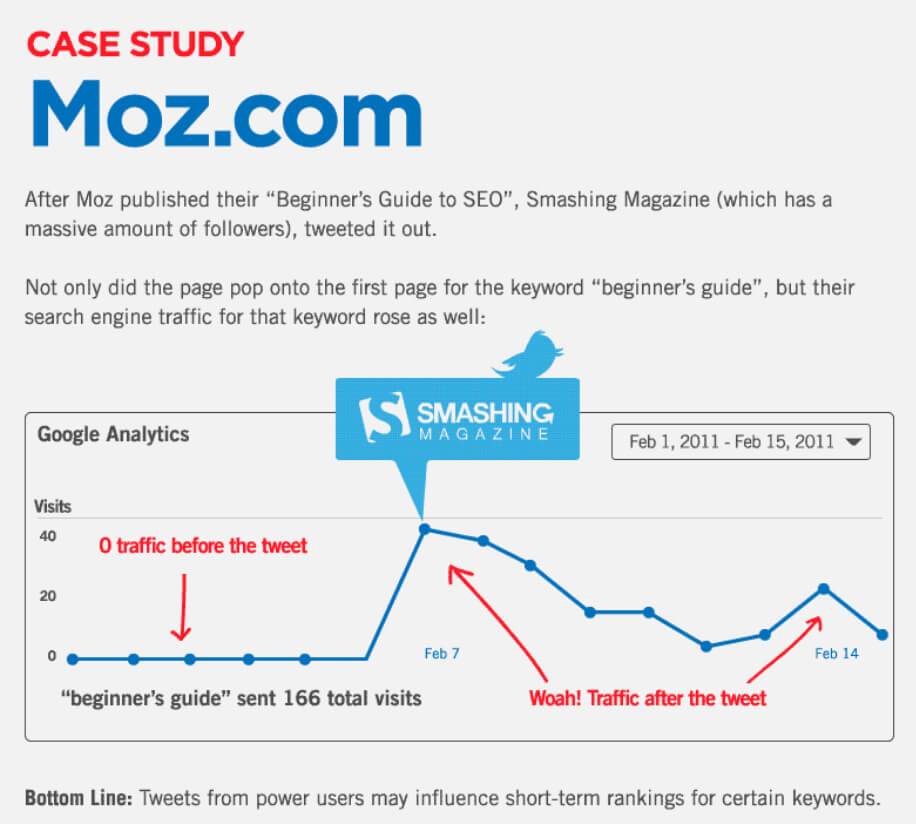
If an SEO leader like Moz vouchs for it, you must focus on your social media authority. Google also considers social media platforms like Twitter, Facebook, and LinkedIn to be high-authority sites. As such, backlinks from these sites draw considerable equity to your site.
Google also notices the shareability of your content on social media platforms and values highly shareable content. You gain good referral traffic if your content becomes popular on social media. Delivering good UX can translate this traffic into improved user metrics.
7. Leverage Your Internal Links and Outbound Links
Internal links are your on-page counterparts to inbound links. And your on-page links also have a crucial say in your SEO performance.
Relevant outbound links on your pages tell Google that your content is well-referenced. However, you must ensure that you out-link to an authoritative site.
Relevant outbound links make your content valuable for readers. If the external page adds value to the main topic, they will appreciate your efforts.
However, be wary of the frequency of outbound links you use and do not overdo it.
Just like with outbound links, make sure to add internal links to your pages. They’re valuable because they connect to related content on your site, helping Google grasp the topical focus of your page. Plus, your visitors will find more useful information, adding real substance to their experience.
Visitors who find your linked pages valuable will dwell longer on your site. This is a win-win situation in terms of SEO and conversion rate optimisation.
A well-managed optimization linking strategy and appropriate meta tags improve your user metrics, enabling you to sustain your top rankings on the search results page.
8. Offer a Commendable User Experience on Your Site
Google is a huge advocate for user experience. Keeping true to this, it recently rolled out The Page Experience Update. This update makes user experience a key ranking factor, focusing on site speed, response time, and mobile compatibility.
You must also ensure that your competitors don’t outperform your page’s experience. While you have no say in your competitors’ efforts, you must focus on your site’s UX.
Here are some UX considerations to retain your top ranks:
Make sure that you
- Compress and optimise the files if you optimise media for these pages.
- Do not add disruptive lightbox pop-ups to your ranking pages.
- If you add new CTAs to your pages, ensure they aren’t off-putting.
- Do not overdo internal linking on these pages to share link equity.
SEO Competitor Tracking Tools
SEMrush
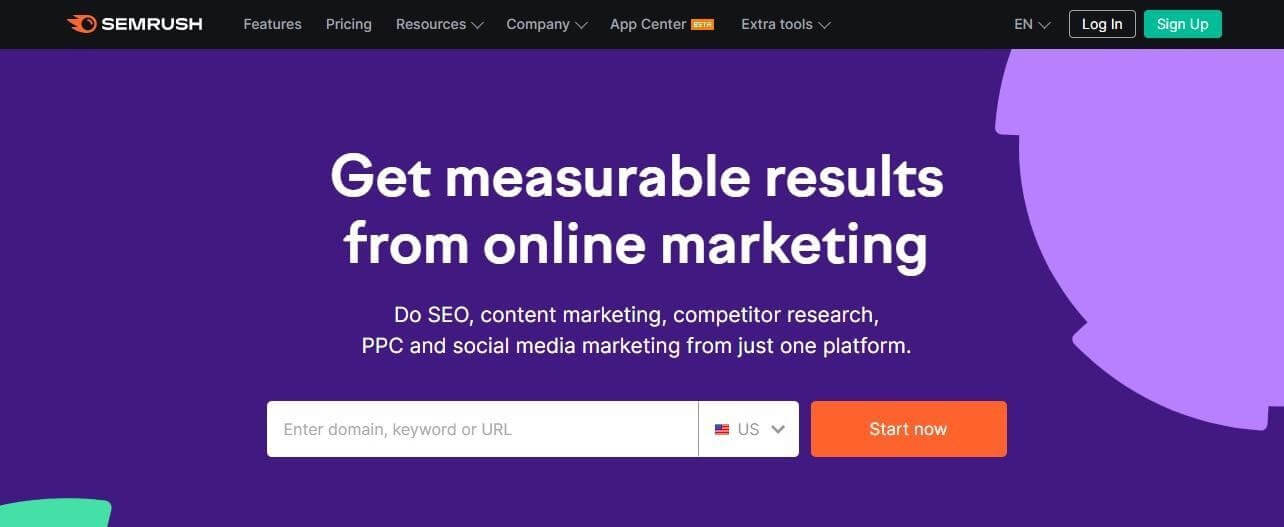
SEMrush leads with unmatched popularity as a superior SEO tool. It sources a hot pot of precise information from a huge data repository relevant to 131 countries.
You can use the dedicated Competitor Analysis panel on SEMrush to:
- Check your most relevant competitors based on the keywords and domain category
- Analyse the competitor keyAnalyseboth branded and non-branded;
- See which pages are drawing the highest traffic for your competitors
- Check the link profile of your competitors — their referring domains, outbound links, etc.
- Get a 360-degree view of their SEO performance through the SEMrush dashboard.
This is plentiful data to inform your SEO and content marketing strategy. Moreover, even if you are looking for advanced SEO data, SEMrush has covered you.
Alexa
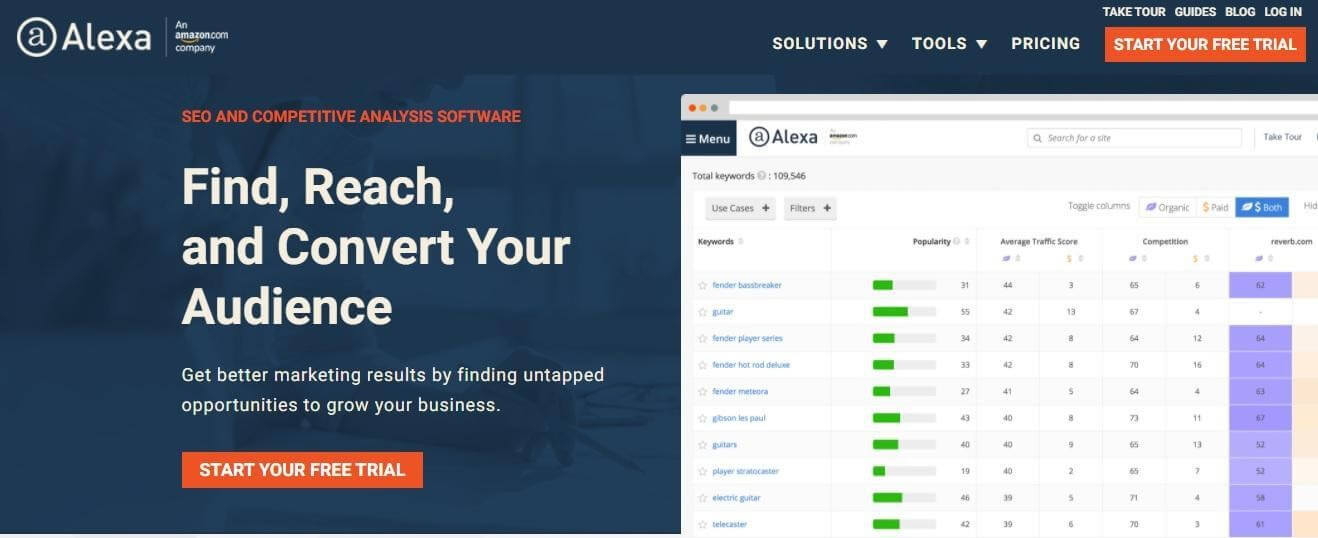
Update: Alexa has discontinued its service as of May 1st, 2022.
Digital marketers and content creators keep Alexa within arm’s reach for SEO research.
Alexa is an Amazon-owned business that debuted in 1996. The tool offers deep analytics data about a business’s SEO performance. One can use it to track the global traffic of any site, including your competitors. It shows traffic fluctuations, insightful user metrics, and Alexa ranking. Content marketers also love its content recommendations feature.
The tool also comes with detailed audience demographic insights. You can draw details like the audience’s gender, education, and browsing location.
Ubersuggest
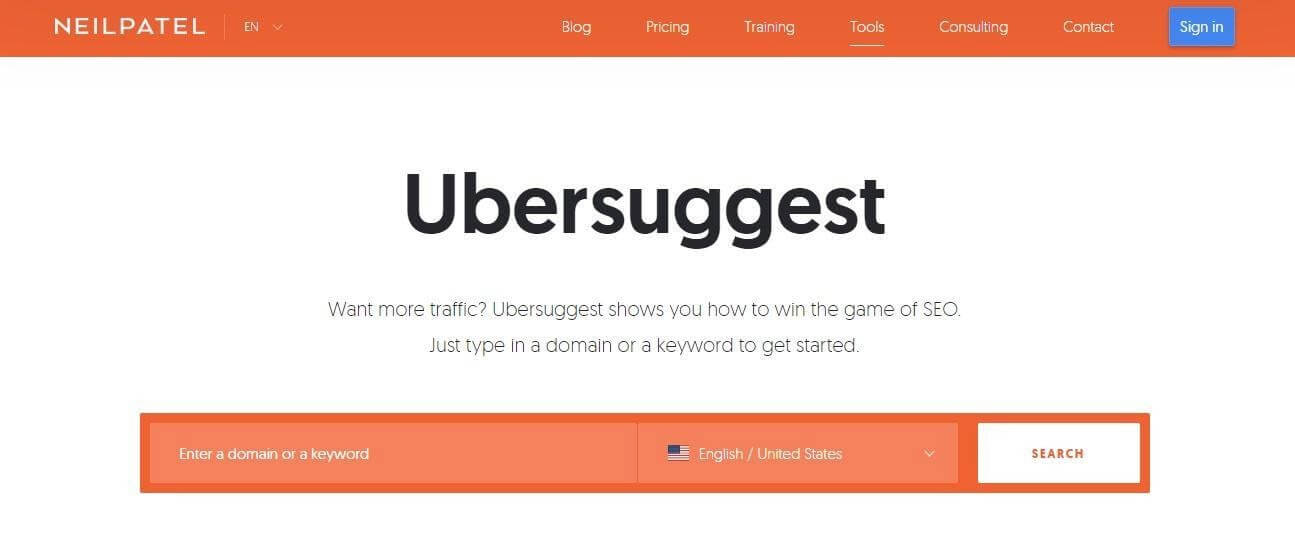
Ubersuggest is gaining a solid foothold as a comprehensive SEO tool. It is intuitive, insightful, and precise, and it offers a plethora of insights. You can use it to plan your content strategy, conduct detailed competitor analysis, and perform advanced SEO. Ubersuggest helps you analyse your competitors’ forming keywords and search for data for these keywords. You can also track the top-performing pages on their site.
The following essential data metrics are the referring domains that link back to your competitors. With these competitor analysis features, you can create your SEO project using the tool. You can even set your goals and measure your success.
SpyFu
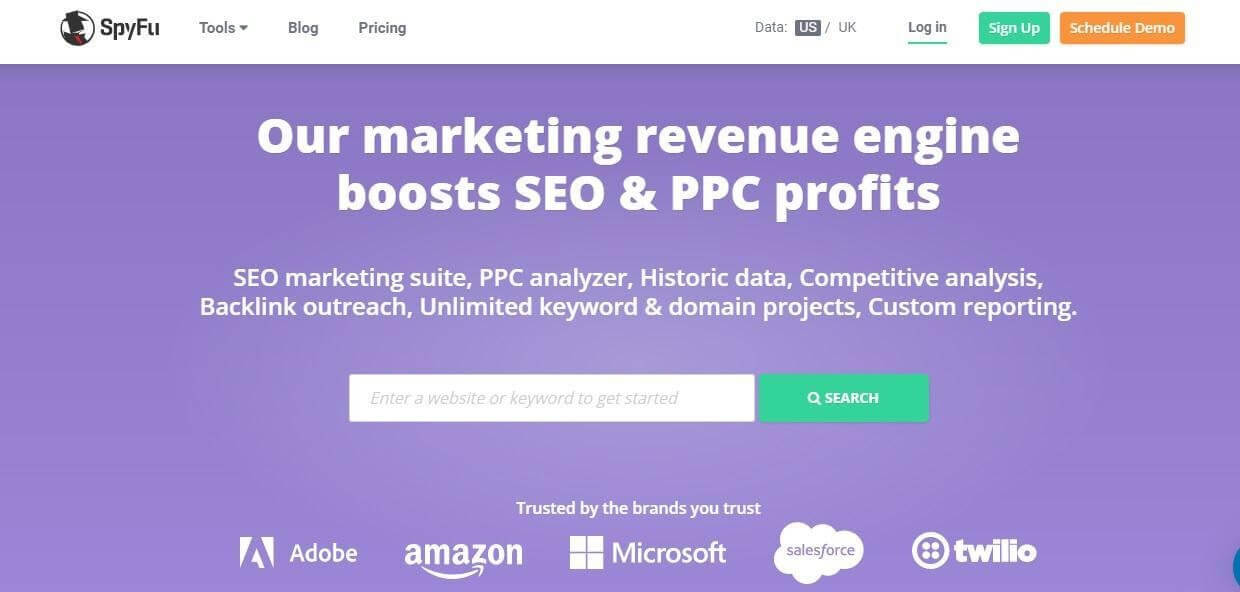
SpyFu is a competitor analysis tool. The robust tool offers not only SEO keywords but also SEM keywords. So, if you wish to plan your PPC campaigns, SpyFu can help you slide an ace up your sleeve.
Most amateur marketers struggle with finding the right keywords for their PPC campaigns. To help, they can switch to SpyFu and check the keywords their competitors use for PPC.
They can export these keywords and even see the landing pages associated with these campaigns.
SE Ranking

SE Ranking tool empowers businesses with accurate data metrics.
You can use the tool to track your competitor’s rankings across any search engine and location. You can also check the top 10 rankings for any keyword for any region.
The tool’s keyword research feature has been added to its competitor analysis feature list. It offers you the top organic and PPC keywords of your competitors.
Tips to Retain Rankings FAQs
Q1. What Quick SEO Actions Can I Take to Defend My Top Rankings?
Ans. Some actionable tips for retaining your top SEO positions:
- Keep your site’s content fresh and in line with the latest updates.
- Use media (images and videos) to enhance your content’s visual appeal and UX.
- Employ competitor analysis tools to survey your competitor’s efforts. Use this information to outdo their efforts.
- Grow your page authority by attracting inbound links on essential site pages.
- Shave off any extra seconds from your site’s loading time.
- Establish and grow your social media presence to promote your content.
- Optimise for Google’s Page Experience Update.
- Highlight your content’s topical focus by adding relevant internal links.
Q2. What’s the Point of Investing in SEO after My Site Reaches the 1st Page?
Answer: Over 7.5 million blogs debut on the World Wide Web daily, and millions of sites compete to steal your top positions in the S.E.R.P.s.
SEO isn’t a one-time effort but a continuous process to grow and retain your ranks. If you take an extended vacation from your SEO efforts, you will most likely be dethroned.
Q3. What SEO Tools Must I Keep Within Arm’s Reach for My Site’s SEO?
While there are numerous good SEO tools helping marketers, here are some of the best ones:
- SEMrush: Check SEO performance, competitor analysis, detailed keyword research, and advanced SEO;
- SpyFu: Check the top SEO and S.E.M. keywords of your competitors along with their PPC landing pages;
- Ubersuggest: Scrutinise your site perfoScrutinise a competitor analysis, and employ advanced SEO;
- Ahrefs: An alternative to SEMrush with similar capabilities and detailed SEO insights.
- SE Ranking: Check competitor rankings and their S.E.M. keywords, do a site audit, check your link profile, etc.
Retaining Your Ranking in SERPs
That brings us to the end of our guide. Hopefully, you have valuable insight into retaining your ranking in search engines and its importance.
Remember, SEO is a continuous process that requires you to update, modify, and edit your website’s content often. Internal and external linking and website speed are also vital factors.
Overall, improving any business’s SEO ranking in Melbourne is essential to boosting conversion rates and sales and staying above competitors.
Until next time!




